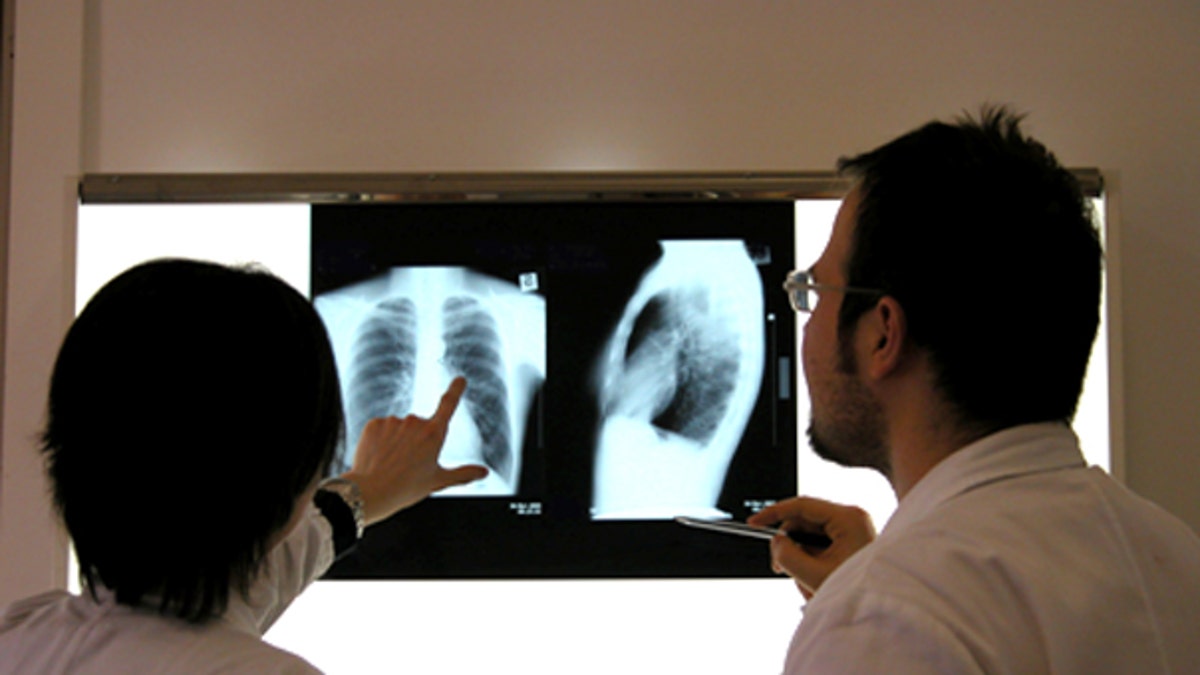
Older people with a new episode of back pain shouldn’t be sent right away for x-rays or other imaging studies, new research suggests.
They won’t be any better off, and they’ll end up with bigger bills, the researchers say.
“We found that they didn’t have worse or better outcomes, and yet they were certainly getting more things done to them downstream,” said Dr. Jeffrey Jarvik, the study’s lead author from the University of Washington in Seattle.
Guidelines suggest that young people with new back pain should wait a while before getting X-rays, magnetic resonance imaging (MRI) or computed tomography (CT), but the same guidelines make exceptions for older people since there could be more serious underlying conditions.
Based on the new results, however, people of every age should not routinely get early imaging studies, the researchers write in JAMA.
Jarvik told Reuters Health by phone that older people who get early imaging studies might receive treatments for abnormalities on the tests that ultimately have nothing to do with their back pain.
The researchers looked at data from 5,239 patients age 65 and older who visited their primary care doctor complaining of new back pain and returned for a follow-up visit a year later.
Within six weeks of the first visit, 1,523 patients had X-rays, MRIs or CT scans of their backs.
After one year, there was no difference in the disability related to back or leg pain between those who did or did not have early imaging studies, the researchers found.
Those who had the X-rays, MRIs or CT scans, however, ended up with medical bills averaging $1,300 higher than for those who didn't have early imaging studies. Those costs include out-of-pocket payments.
Imaging accounts for most of the $35 billion spent on medical care for lower back pain each year in the U.S., said Manuela Ferreira, associate professor at The George Institute for Global Health and the Institute of Bone and Joint Research of Sydney Medical School at The University of Sydney in Australia.
“Adults with sudden back pain do not need to rush to get an X-ray or magnetic resonance imaging (MRI), unless the clinician suspects the patient has a more serious condition, such as fracture or cancer,” Ferreira told Reuters Health by email.
“Less than 5 percent of patients with low back pain, however, will fall into this category,” she added. Most of the time, back pain develops from stress and strain on muscles or joints.
“Older adults don’t really need to be treated differently than younger adults,” Jarvik said.
Most of the time, the cause of back pain is probably never discovered, he said.
“That’s not necessarily a bad thing because most people get better,” he added. “It’s probably not necessary to try and discover exactly why somebody’s back starts hurting, the various investigations you can do often won’t reveal the cause.”
A thorough physical exam and medical history should help doctors distinguish between more benign forms of back strain or a more serious cause, Ferreira said.
In the meantime, people can take over-the-counter painkillers and may try physical therapy, which may help overcome a sudden episode of pain, Jarvik said.
